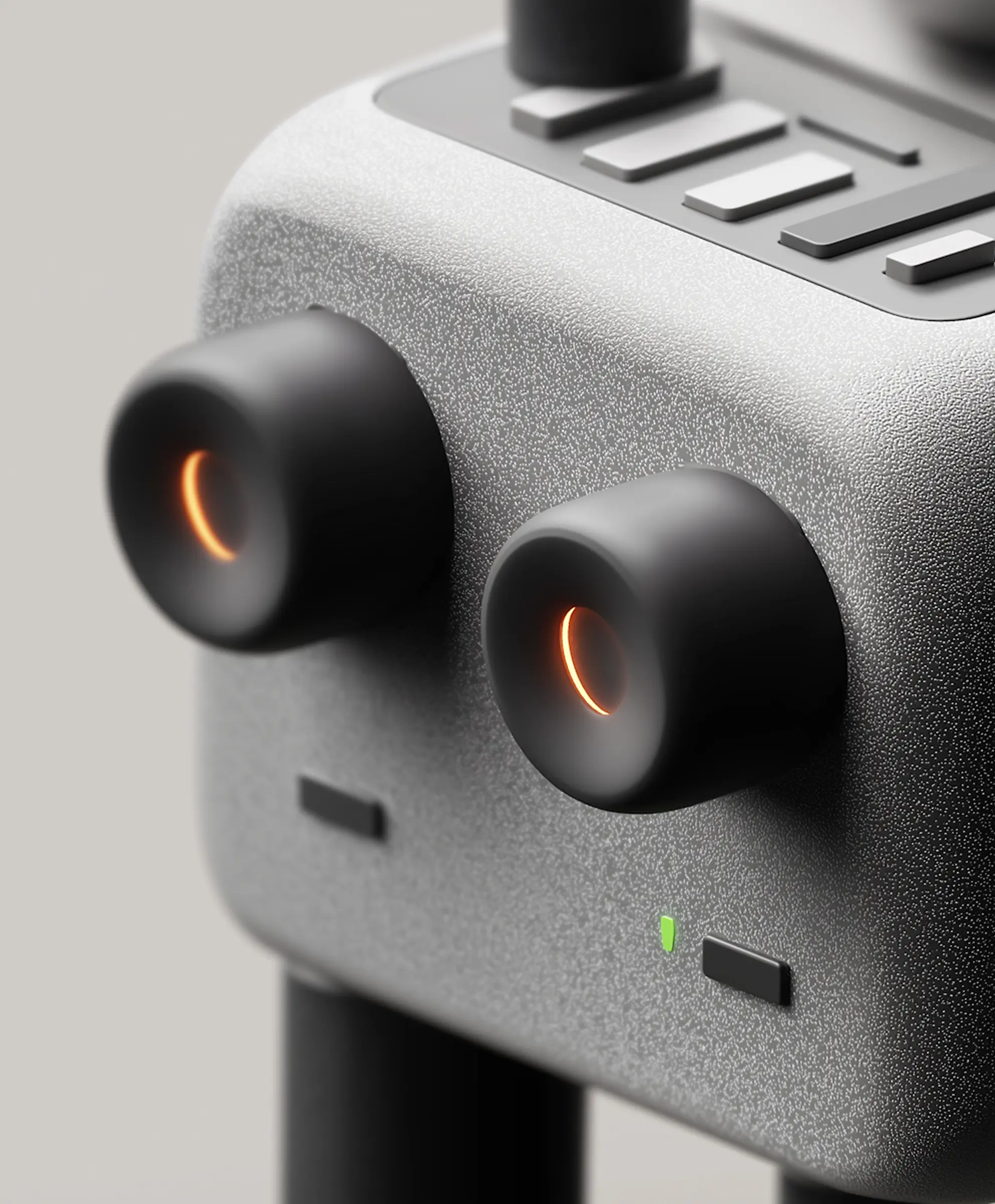Taptop's new custom attributes feature lets you easily add Fancybox lightbox galleries without touching HTML. Here's how:

Let’s walk through an example where clicking on an image opens a lightbox gallery using Fancybox — and all of it works within Taptop.
In your project settings or inside the <head> tag, include these CDN links:
<link
rel="stylesheet"
href="https://cdn.jsdelivr.net/npm/@fancyapps/ui/dist/fancybox.css"
/>
<script src="https://cdn.jsdelivr.net/npm/@fancyapps/ui/dist/fancybox.umd.js"></script>Inside Taptop, select the wrapper around an image (like a <div> or a link), and assign it the custom attribute:
data-fancybox="gallery"This groups images into the same gallery set.
At the bottom of your page (or in a custom code block), insert this script:
<script>
document.addEventListener("DOMContentLoaded", function () {
document.querySelectorAll('[data-fancybox="gallery"]').forEach(function (item) {
const img = item.querySelector("img");
if (img && !item.hasAttribute("data-src")) {
item.setAttribute("data-src", img.getAttribute("src"));
item.style.cursor = "zoom-in";
}
});
Fancybox.bind("[data-fancybox]", {
animationEffect: "fade",
transitionEffect: "fade",
transitionDuration: 500,
closeEffect: "fade",
});
});
</script>
That’s it! Now clicking an image will open it in a clean, animated modal.
The addition of custom attribute support in Taptop is a huge step forward. It allows designers and developers to blend visual editing with flexible, powerful scripting — without sacrificing clean code.
This Fancybox example shows how easily you can enhance a website by combining visual tools with modern JavaScript libraries.
Now, when your client asks for a responsive, animated image gallery — you know exactly how to deliver it. No fuss, just data-fancybox and a sprinkle of JS.